Scroll for prep

Please wait…
This video is having trouble loading. You may have lost your Internet connection.
Step 1: Click to Reload this page
Step 2: Click to
Try our other video player
Step 3: Contact your teacher if trouble persists.
Or,
dismiss this message.

Please wait…
This video is having trouble loading. You may have lost your Internet connection.
Step 1: Click to Reload this page
Step 2: Click to
Try our other video player
Step 3: Contact your teacher if trouble persists.
Or,
dismiss this message.
Conversemos: ¿Qué le pasa a estas dos plantas con el paso del tiempo? ¿Cuál es la diferencia entre cómo crecen? ¿Qué cosas son iguales?

Please wait…
This video is having trouble loading. You may have lost your Internet connection.
Step 1: Click to Reload this page
Step 2: Click to
Try our other video player
Step 3: Contact your teacher if trouble persists.
Or,
dismiss this message.

Conversemos:
Imagínate que ves estos tres anuncios para restaurantes donde venden PIZZA.
¿A cuál de estos tres restaurantes irías? ¿Por qué?
Imagínate que ves estos tres anuncios para restaurantes donde venden PIZZA.
¿A cuál de estos tres restaurantes irías? ¿Por qué?

Please wait…
This video is having trouble loading. You may have lost your Internet connection.
Step 1: Click to Reload this page
Step 2: Click to
Try our other video player
Step 3: Contact your teacher if trouble persists.
Or,
dismiss this message.

Please wait…
This video is having trouble loading. You may have lost your Internet connection.
Step 1: Click to Reload this page
Step 2: Click to
Try our other video player
Step 3: Contact your teacher if trouble persists.
Or,
dismiss this message.
Conversemos: ¿Se te ocurre alguna razón por la que es BUENO para la planta que las abejas la visiten?

Please wait…
This video is having trouble loading. You may have lost your Internet connection.
Step 1: Click to Reload this page
Step 2: Click to
Try our other video player
Step 3: Contact your teacher if trouble persists.
Or,
dismiss this message.
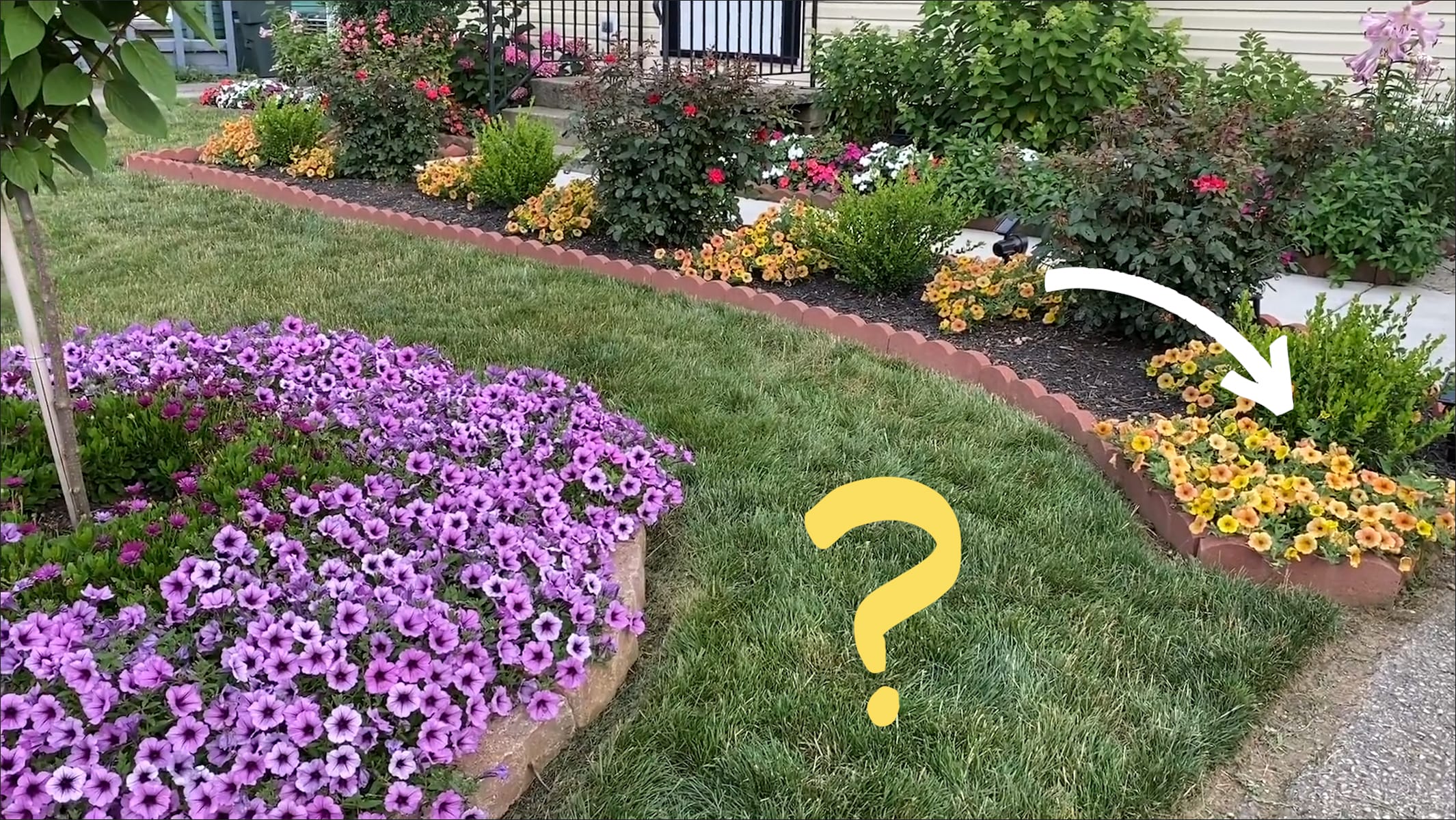
Conversemos:
¿Qué maneras se te ocurren para mover el polen en un jardín de una flor a otra?
¿Qué maneras se te ocurren para mover el polen en un jardín de una flor a otra?

Please wait…
This video is having trouble loading. You may have lost your Internet connection.
Step 1: Click to Reload this page
Step 2: Click to
Try our other video player
Step 3: Contact your teacher if trouble persists.
Or,
dismiss this message.

Conversemos: Si plantaras un jardín con distintos tipos de flores, ¿qué necesitaría tu jardín para polinizar a esas flores?

Please wait…
This video is having trouble loading. You may have lost your Internet connection.
Step 1: Click to Reload this page
Step 2: Click to
Try our other video player
Step 3: Contact your teacher if trouble persists.
Or,
dismiss this message.

Please wait…
This video is having trouble loading. You may have lost your Internet connection.
Step 1: Click to Reload this page
Step 2: Click to
Try our other video player
Step 3: Contact your teacher if trouble persists.
Or,
dismiss this message.
Paso
01/18
01/18
Vas a trabajar con un compañero o una compañera. Decidan
quién será el Jardinero A y quien será el Jardinero B.
quién será el Jardinero A y quien será el Jardinero B.

Please wait…
This video is having trouble loading. You may have lost your Internet connection.
Step 1: Click to Reload this page
Step 2: Click to
Try our other video player
Step 3: Contact your teacher if trouble persists.
Or,
dismiss this message.
Paso
02/18
02/18
Obtén estos materiales.

Please wait…
This video is having trouble loading. You may have lost your Internet connection.
Step 1: Click to Reload this page
Step 2: Click to
Try our other video player
Step 3: Contact your teacher if trouble persists.
Or,
dismiss this message.
Paso
03/18
03/18
Jardinero A: Corta a lo largo de la línea negra y gruesa, así.
Pon la estación de tarjetas en el centro de la mesa. Ambos:
Recorten todas las tarjetas de plantas. Tendrán 24 tarjetas.
Pon la estación de tarjetas en el centro de la mesa. Ambos:
Recorten todas las tarjetas de plantas. Tendrán 24 tarjetas.

Please wait…
This video is having trouble loading. You may have lost your Internet connection.
Step 1: Click to Reload this page
Step 2: Click to
Try our other video player
Step 3: Contact your teacher if trouble persists.
Or,
dismiss this message.
Paso
04/18
04/18
Jardinero A: Voltea las 24 tarjetas de plantas para que estén boca
abajo sobre la mesa. Jardinero B: Revuelve todas las tarjetas y
ponlas en un montón sobre la estación de tarjetas.
abajo sobre la mesa. Jardinero B: Revuelve todas las tarjetas y
ponlas en un montón sobre la estación de tarjetas.

Please wait…
This video is having trouble loading. You may have lost your Internet connection.
Step 1: Click to Reload this page
Step 2: Click to
Try our other video player
Step 3: Contact your teacher if trouble persists.
Or,
dismiss this message.
Paso
05/18
05/18
Jardinero A: Recorta las tarjetas de resultados y las tarjetas
de abejas. Jardinero B: Revuelve las tarjetas de abejas y
ponlas en un montón sobre la estación de tarjetas.
de abejas. Jardinero B: Revuelve las tarjetas de abejas y
ponlas en un montón sobre la estación de tarjetas.

Please wait…
This video is having trouble loading. You may have lost your Internet connection.
Step 1: Click to Reload this page
Step 2: Click to
Try our other video player
Step 3: Contact your teacher if trouble persists.
Or,
dismiss this message.
Paso
06/18
06/18
Ambos: Asegúrense de que tengan todo listo.

Please wait…
This video is having trouble loading. You may have lost your Internet connection.
Step 1: Click to Reload this page
Step 2: Click to
Try our other video player
Step 3: Contact your teacher if trouble persists.
Or,
dismiss this message.
Paso
07/18
07/18
Jardinero A: Agarra una tarjeta de plantas y ponla en tu zona
de plantas. Jardinero B: Agarra una tarjeta de plantas y ponla
en tu zona de plantas.
de plantas. Jardinero B: Agarra una tarjeta de plantas y ponla
en tu zona de plantas.

Please wait…
This video is having trouble loading. You may have lost your Internet connection.
Step 1: Click to Reload this page
Step 2: Click to
Try our other video player
Step 3: Contact your teacher if trouble persists.
Or,
dismiss this message.
Paso
08/18
08/18
Jardineros A y B: Agarren otra tarjeta de plantas.
Ambos: Si tienen un par, pónganlo en su jardín. Si no tienen
un par, dejen las tarjetas en su zona de las plantas.
Ambos: Si tienen un par, pónganlo en su jardín. Si no tienen
un par, dejen las tarjetas en su zona de las plantas.

Please wait…
This video is having trouble loading. You may have lost your Internet connection.
Step 1: Click to Reload this page
Step 2: Click to
Try our other video player
Step 3: Contact your teacher if trouble persists.
Or,
dismiss this message.
Paso
09/18
09/18
Cuando tengas plantas en tu jardín, podrás escoger ya sea una planta
o una abeja. Si la abeja poliniza las plantas en tu jardín, pon las tarjetas
de plantas en tu cesto. La abeja se queda en tu Zona de las Abejas.
o una abeja. Si la abeja poliniza las plantas en tu jardín, pon las tarjetas
de plantas en tu cesto. La abeja se queda en tu Zona de las Abejas.

Please wait…
This video is having trouble loading. You may have lost your Internet connection.
Step 1: Click to Reload this page
Step 2: Click to
Try our other video player
Step 3: Contact your teacher if trouble persists.
Or,
dismiss this message.
Paso
10/18
10/18
Ponte a jugar. Fíjate en la hoja de reglas. Sigue jugando hasta que
se les acaben las tarjetas de plantas y de abejas. ESTO ES
IMPORTANTE: Cuando terminen, no muevan las tarjetas.
se les acaben las tarjetas de plantas y de abejas. ESTO ES
IMPORTANTE: Cuando terminen, no muevan las tarjetas.

Please wait…
This video is having trouble loading. You may have lost your Internet connection.
Step 1: Click to Reload this page
Step 2: Click to
Try our other video player
Step 3: Contact your teacher if trouble persists.
Or,
dismiss this message.
Paso
11/18
11/18
Durante cada invierno, cuando haga frío, todas las plantas adultas
en tu jardín se morirán. La única manera que podrás tener plantas
adultas el próximo año será si tienes semillas. Fíjate en tu jardín.
en tu jardín se morirán. La única manera que podrás tener plantas
adultas el próximo año será si tienes semillas. Fíjate en tu jardín.

Please wait…
This video is having trouble loading. You may have lost your Internet connection.
Step 1: Click to Reload this page
Step 2: Click to
Try our other video player
Step 3: Contact your teacher if trouble persists.
Or,
dismiss this message.
Paso
12/22
12/22
Prepárense para el segundo año. Quiten las tarjetas que NO están
en el cesto. Estas no las usarán durante el segundo año en el juego.
en el cesto. Estas no las usarán durante el segundo año en el juego.

Please wait…
This video is having trouble loading. You may have lost your Internet connection.
Step 1: Click to Reload this page
Step 2: Click to
Try our other video player
Step 3: Contact your teacher if trouble persists.
Or,
dismiss this message.
Paso
13/18
13/18
Obtendrás un punto por cada tarjeta de plantas que esté en tu cesto
de frutas y semillas. Escribe tus puntos en tu tarjeta de resultados
para ver quién ganó el primer año.
de frutas y semillas. Escribe tus puntos en tu tarjeta de resultados
para ver quién ganó el primer año.

Please wait…
This video is having trouble loading. You may have lost your Internet connection.
Step 1: Click to Reload this page
Step 2: Click to
Try our other video player
Step 3: Contact your teacher if trouble persists.
Or,
dismiss this message.
Paso
14/18
14/18
Jardinero A: Revuelve SOLO las tarjetas que estaban en sus cestos.
Jardinero B: Revuelve todas las tarjetas de abejas. Ponlas en la
estación de tarjetas.
Jardinero B: Revuelve todas las tarjetas de abejas. Ponlas en la
estación de tarjetas.

Please wait…
This video is having trouble loading. You may have lost your Internet connection.
Step 1: Click to Reload this page
Step 2: Click to
Try our other video player
Step 3: Contact your teacher if trouble persists.
Or,
dismiss this message.
Paso
15/18
15/18
Juguemos de nuevo. En cada turno, podrás escoger ya sea una
tarjeta de plantas o una tarjeta de abejas. Pon plantas en tu jardín,
fíjate en tus abejas, poliniza las plantas, y muévelas a tu cesto.
tarjeta de plantas o una tarjeta de abejas. Pon plantas en tu jardín,
fíjate en tus abejas, poliniza las plantas, y muévelas a tu cesto.

Please wait…
This video is having trouble loading. You may have lost your Internet connection.
Step 1: Click to Reload this page
Step 2: Click to
Try our other video player
Step 3: Contact your teacher if trouble persists.
Or,
dismiss this message.
Paso
16/18
16/18
Obtendrás un punto por cada tarjeta de plantas en tu cesto.
Escribe tus puntos en la tarjeta de resultados para ver quién
ganó el segundo año.
Escribe tus puntos en la tarjeta de resultados para ver quién
ganó el segundo año.

Please wait…
This video is having trouble loading. You may have lost your Internet connection.
Step 1: Click to Reload this page
Step 2: Click to
Try our other video player
Step 3: Contact your teacher if trouble persists.
Or,
dismiss this message.
Paso
17/22
17/22
Conversemos.

Please wait…
This video is having trouble loading. You may have lost your Internet connection.
Step 1: Click to Reload this page
Step 2: Click to
Try our other video player
Step 3: Contact your teacher if trouble persists.
Or,
dismiss this message.
Paso
18/18
18/18
Si quitaras todas las tarjetas de abejas, en el juego no podrías
hacer ningún punto, pero ¿qué pasaría en un jardín DE VERDAD?
Conversemos. Contesta la pregunta #1 en tu tarjeta de resultados.
hacer ningún punto, pero ¿qué pasaría en un jardín DE VERDAD?
Conversemos. Contesta la pregunta #1 en tu tarjeta de resultados.

Please wait…
This video is having trouble loading. You may have lost your Internet connection.
Step 1: Click to Reload this page
Step 2: Click to
Try our other video player
Step 3: Contact your teacher if trouble persists.
Or,
dismiss this message.

Conversemos: ¿De qué le serviría oler a basura al aro gigante? ¿Tu qué opinas?
Pista: ¿Conoces alguna criatura a la que le GUSTA el olor de la basura?
Pista: ¿Conoces alguna criatura a la que le GUSTA el olor de la basura?

Please wait…
This video is having trouble loading. You may have lost your Internet connection.
Step 1: Click to Reload this page
Step 2: Click to
Try our other video player
Step 3: Contact your teacher if trouble persists.
Or,
dismiss this message.


ciclo
1 de 15
una serie de eventos que se repite en el mismo orden una y otra vez
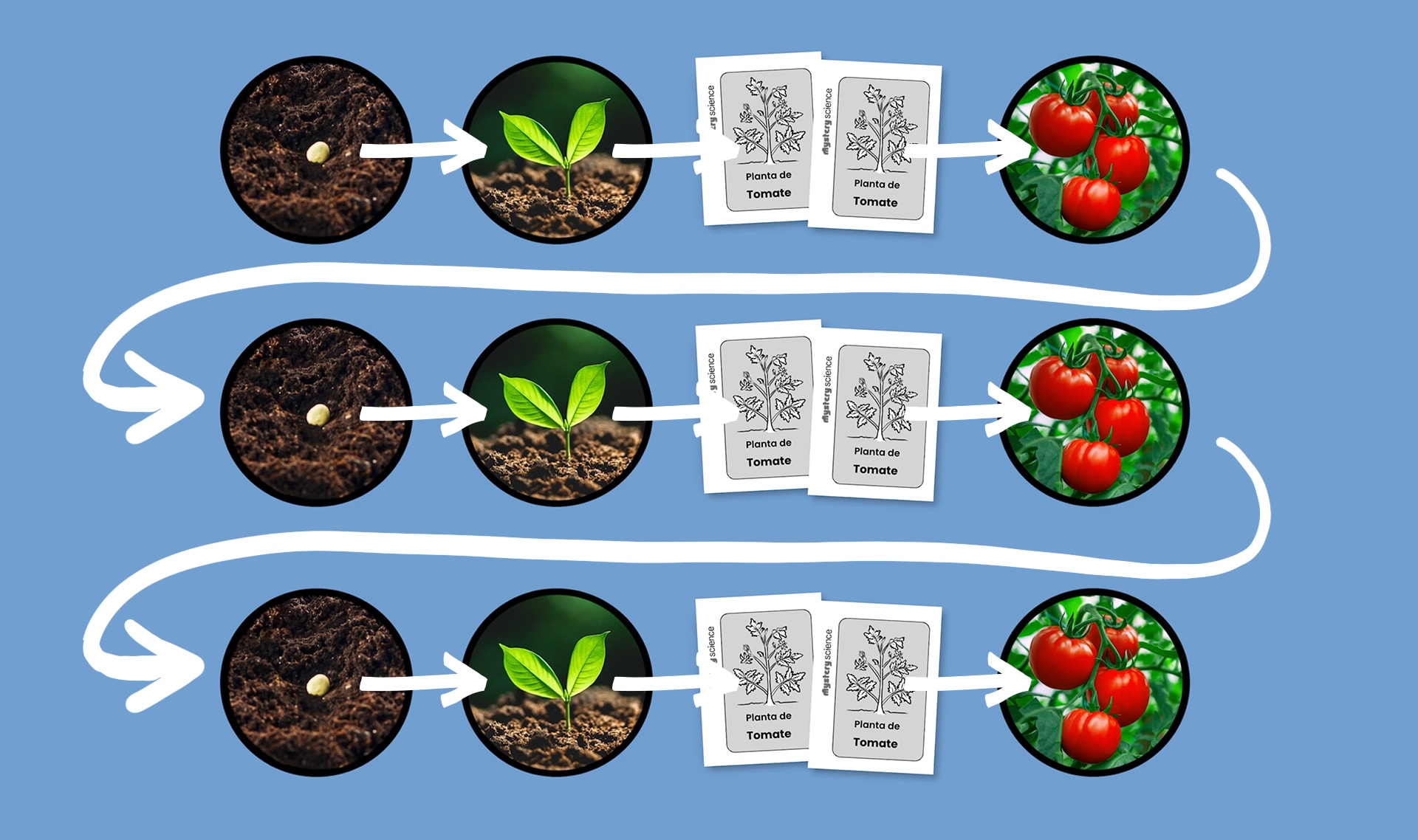
patrón
2 de 15
algo que sucede una y otra y otra vez de manera predecible

Please wait…
This video is having trouble loading. You may have lost your Internet connection.
Step 1: Click to Reload this page
Step 2: Click to
Try our other video player
Step 3: Contact your teacher if trouble persists.
Or,
dismiss this message.
etapa de vida
3 de 15
uno de los pasos en el ciclo de la vida
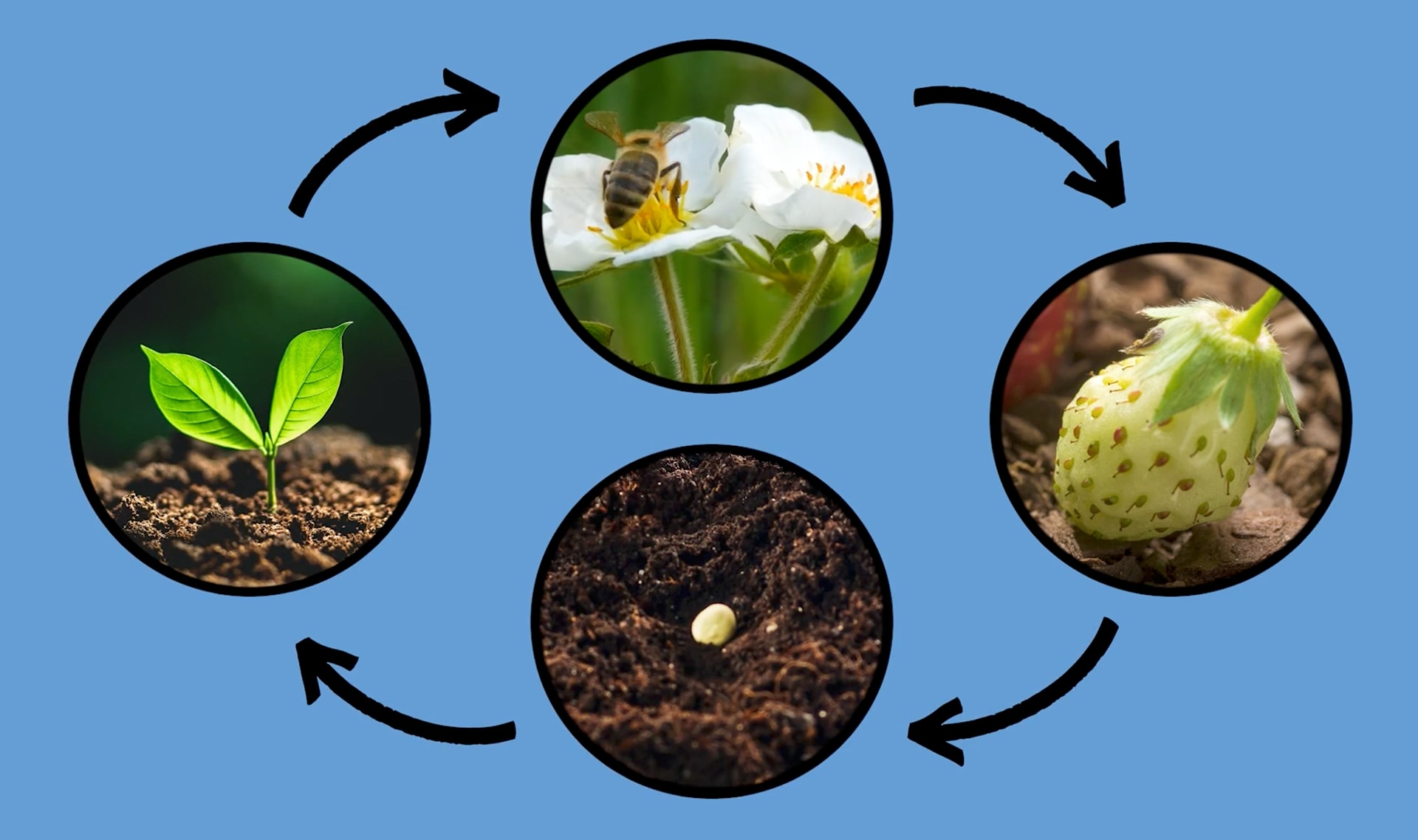
ciclo de vida
4 de 15
todas las etapas de la vida: nacimiento, crecimiento, reproducción, y muerte
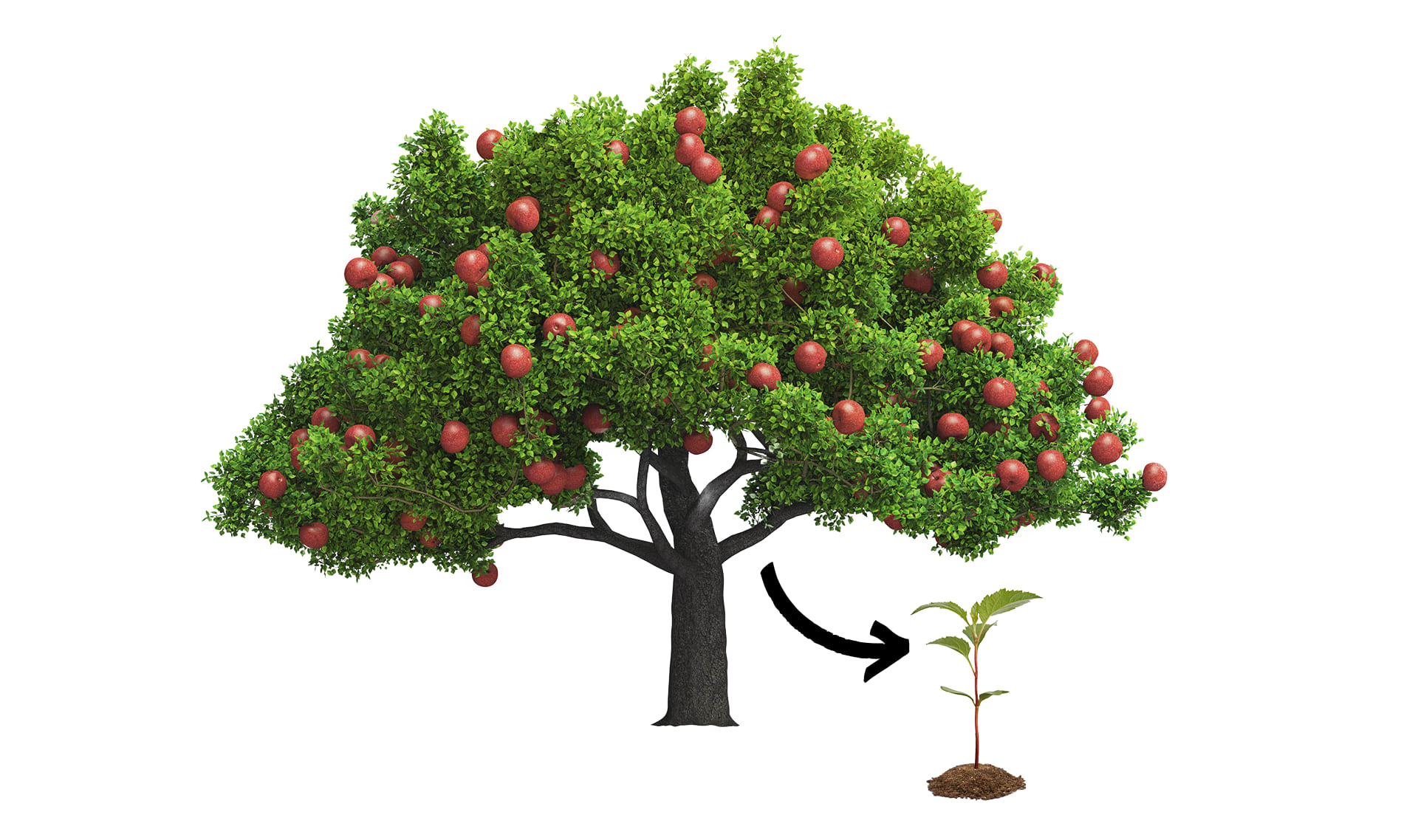
hijos
5 de 15
babés
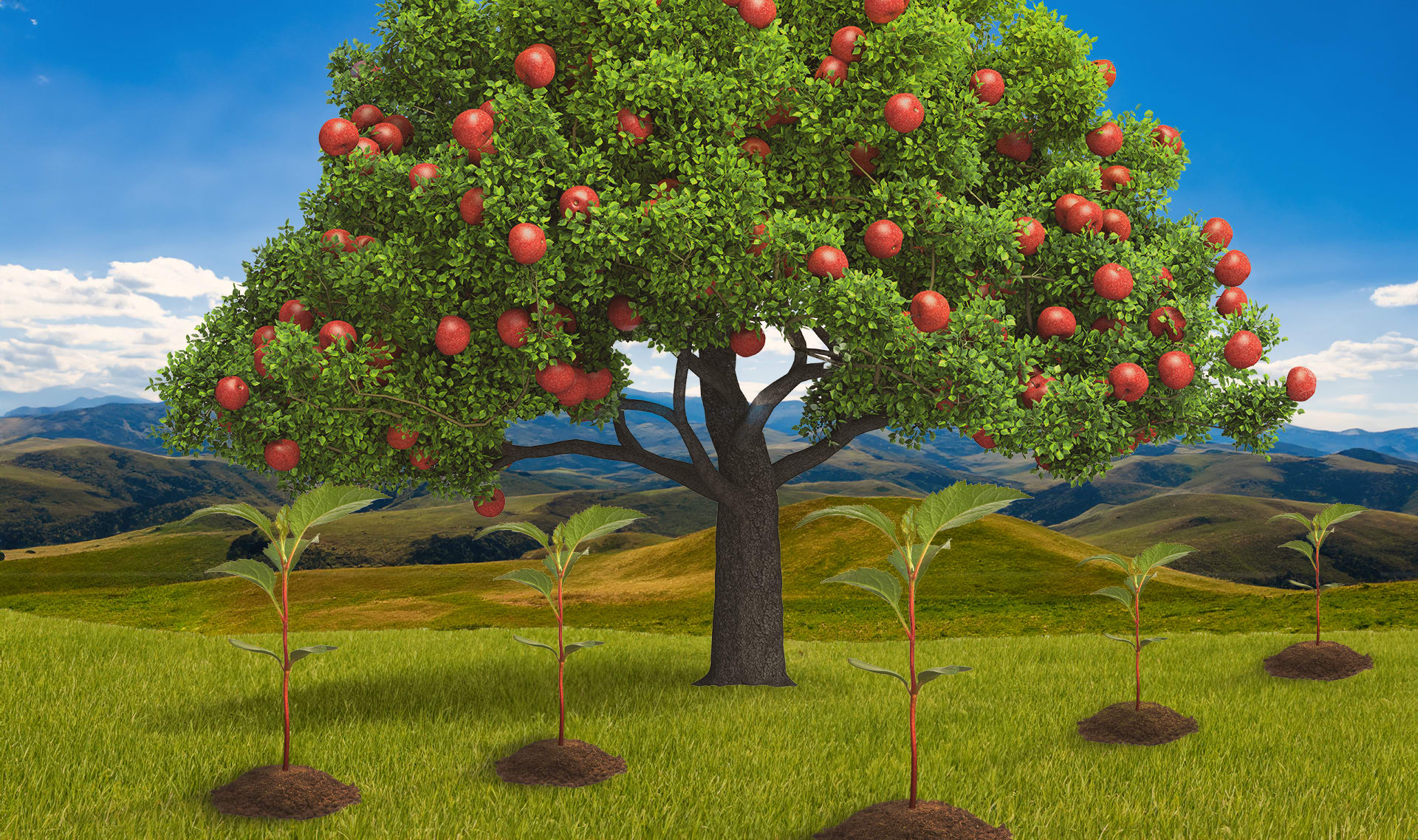
reproducción
6 de 15
etapa del ciclo de la vida de los seres vivientes en la que tienen hijos
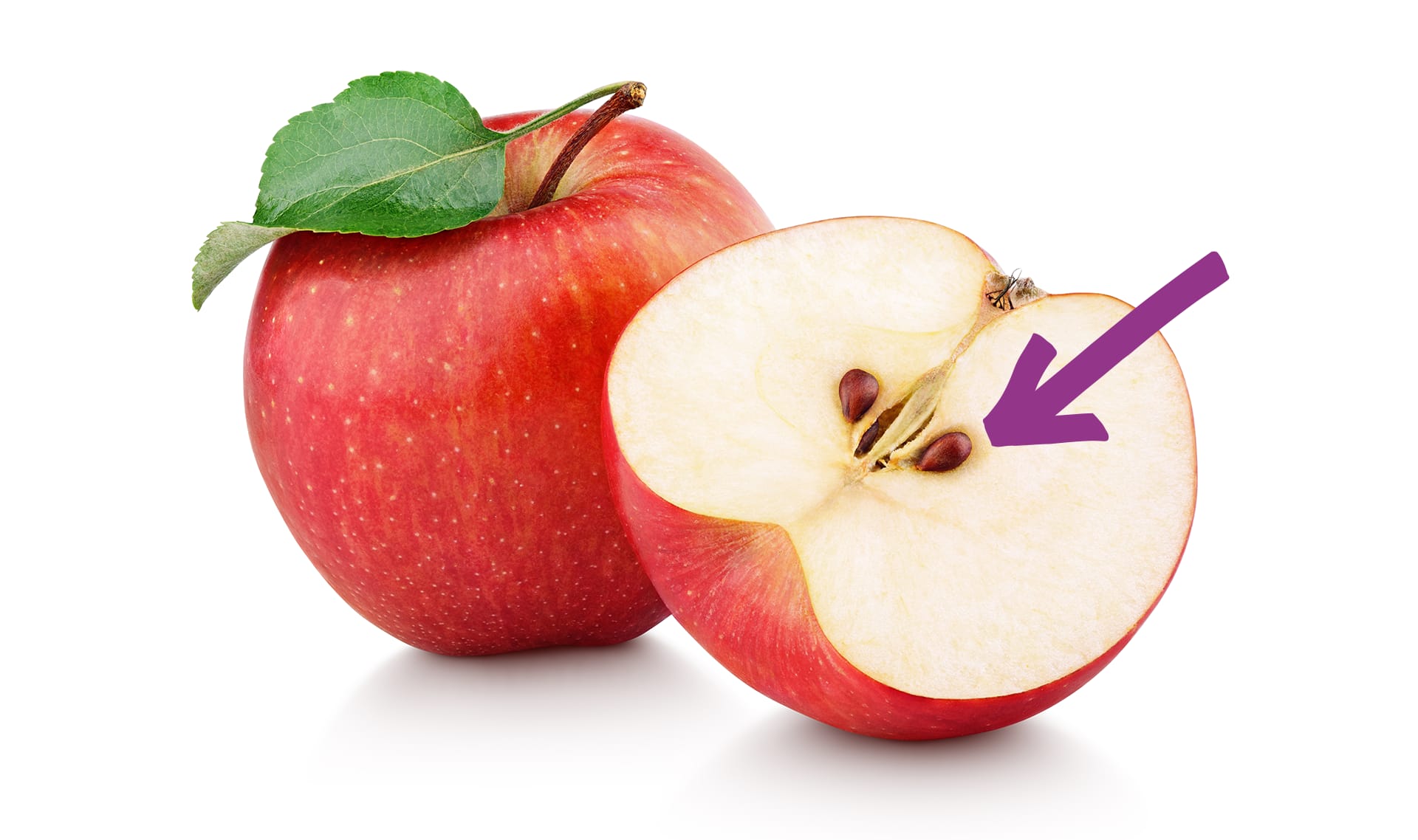
semilla
7 de 15
la parte de una planta que puede crecer y convertirse en una plantita
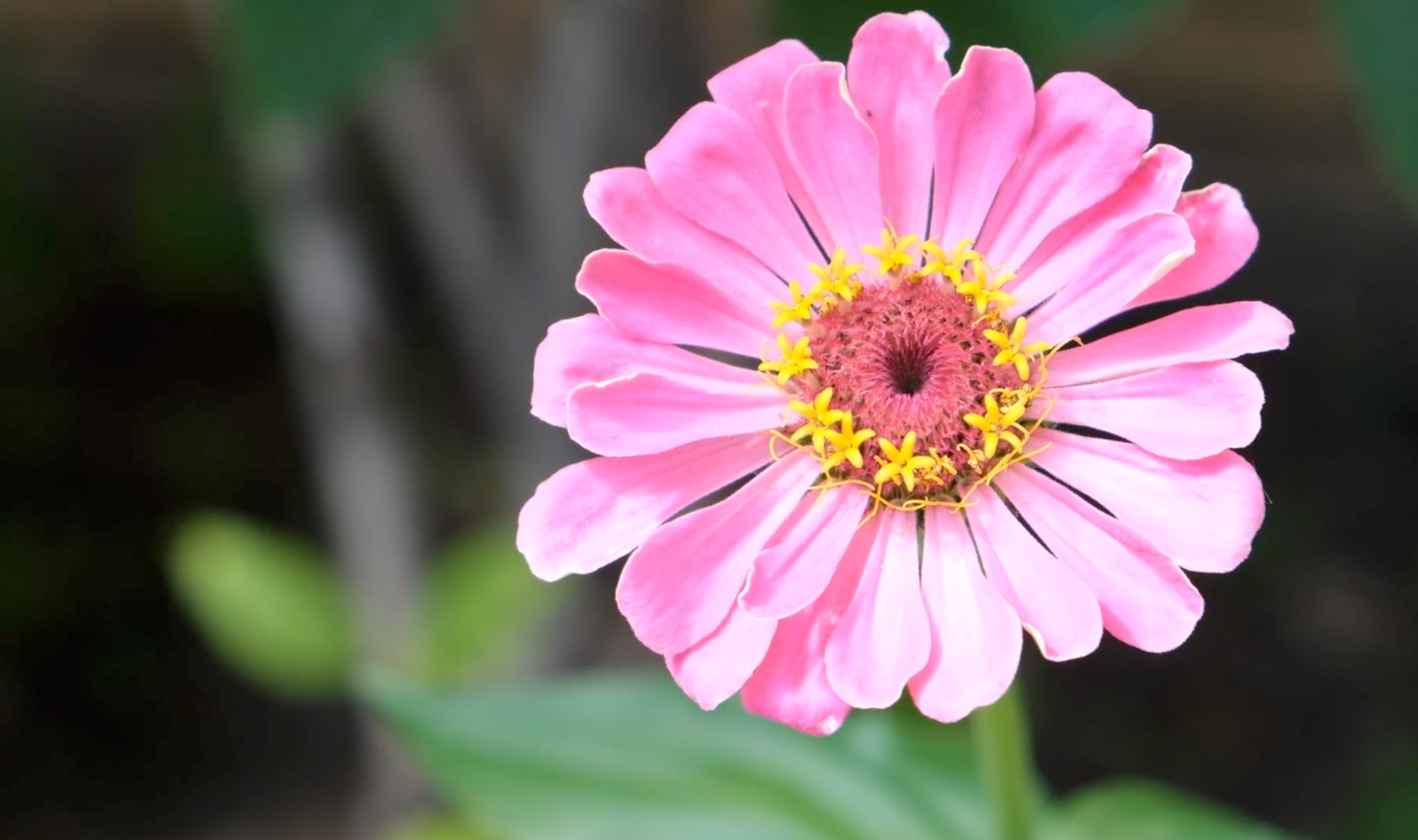
flor
8 de 15
la parte que muchas plantas usan para reproducirse y producir semillas
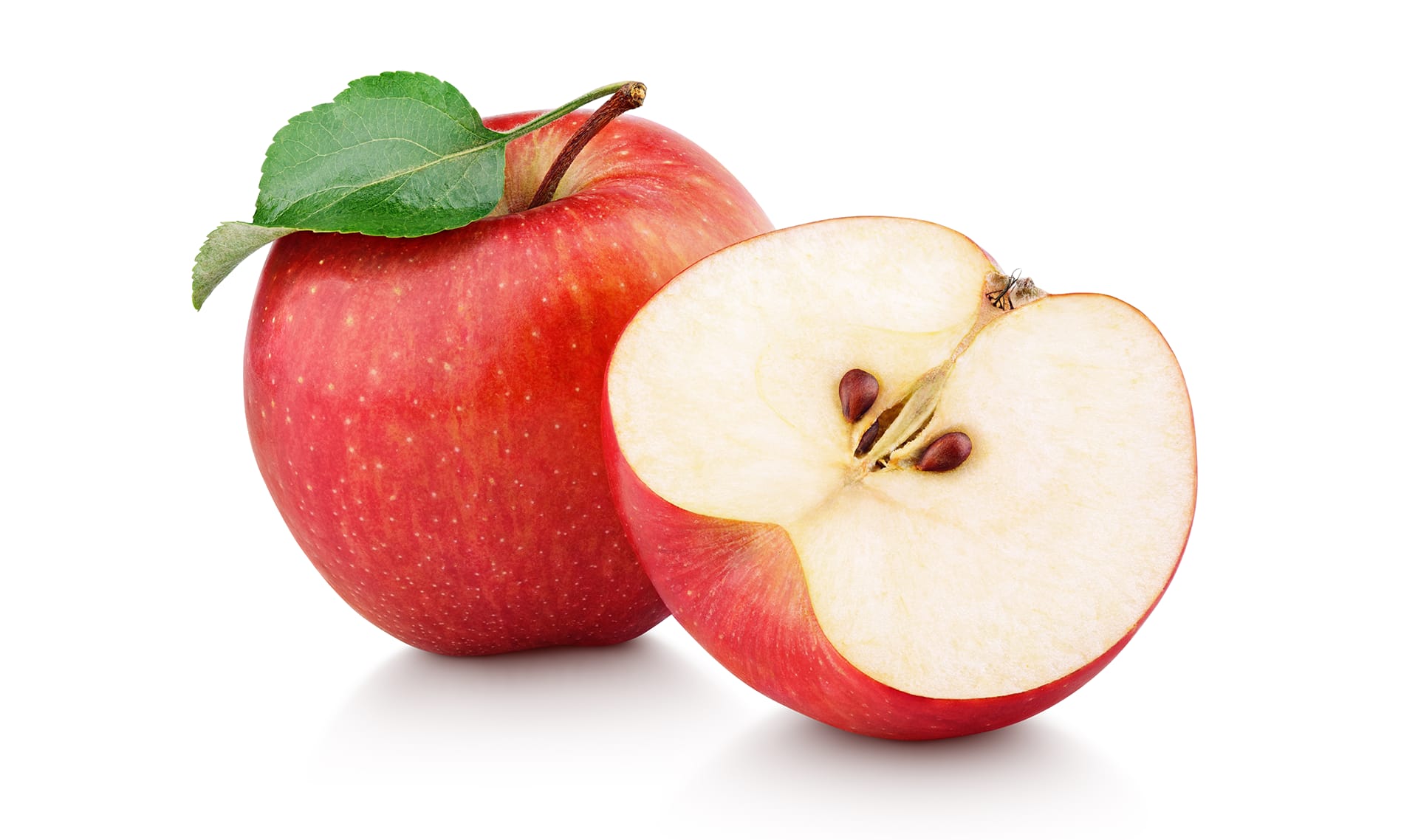
fruto
9 de 15
la parte de una planta que contiene sus semillas, por ejemplo, una manzana
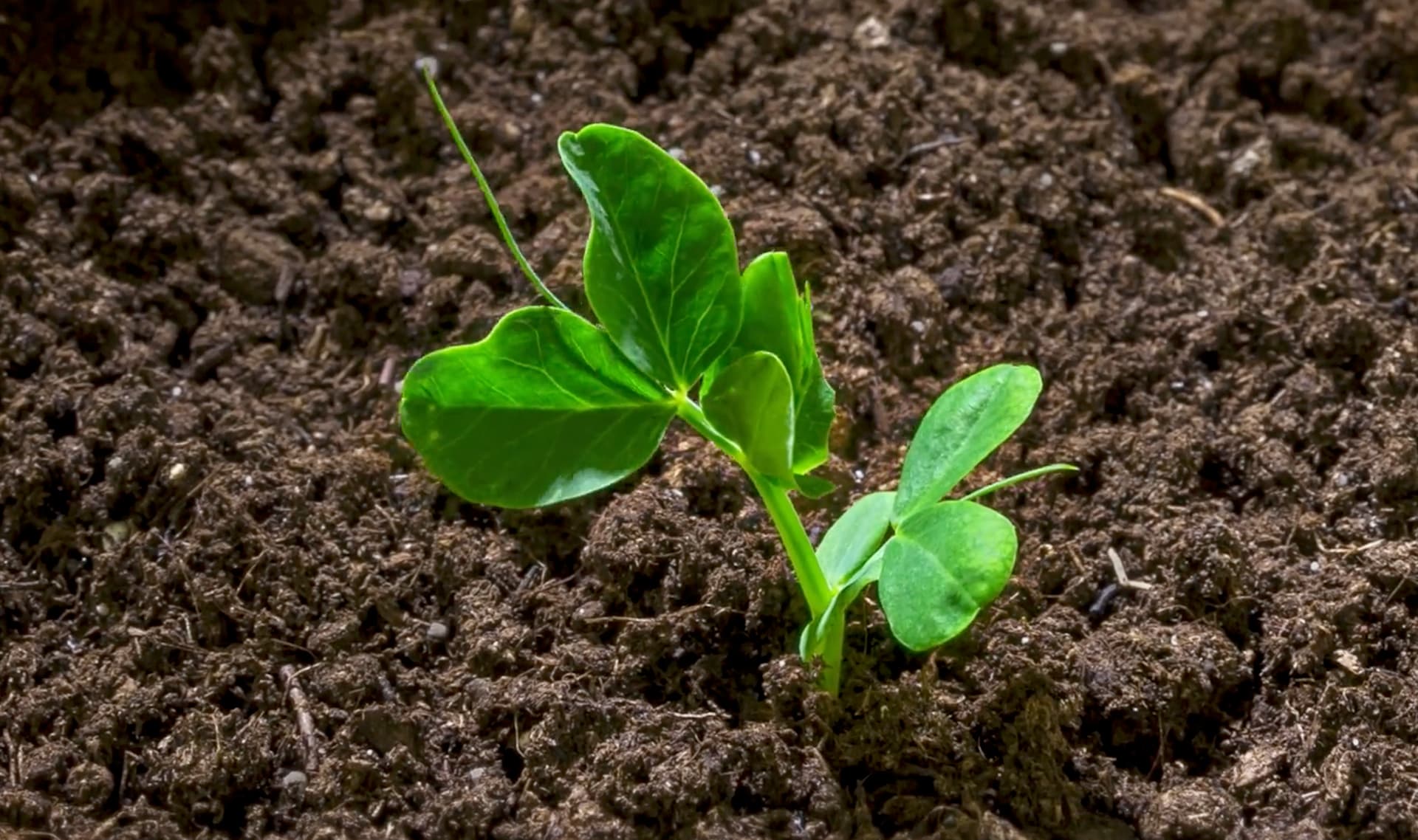
plántula
10 de 15
una planta joven que crece de una semilla

polen
11 de 15
aun polvo que producen las plantas y que es importante para su reproducción
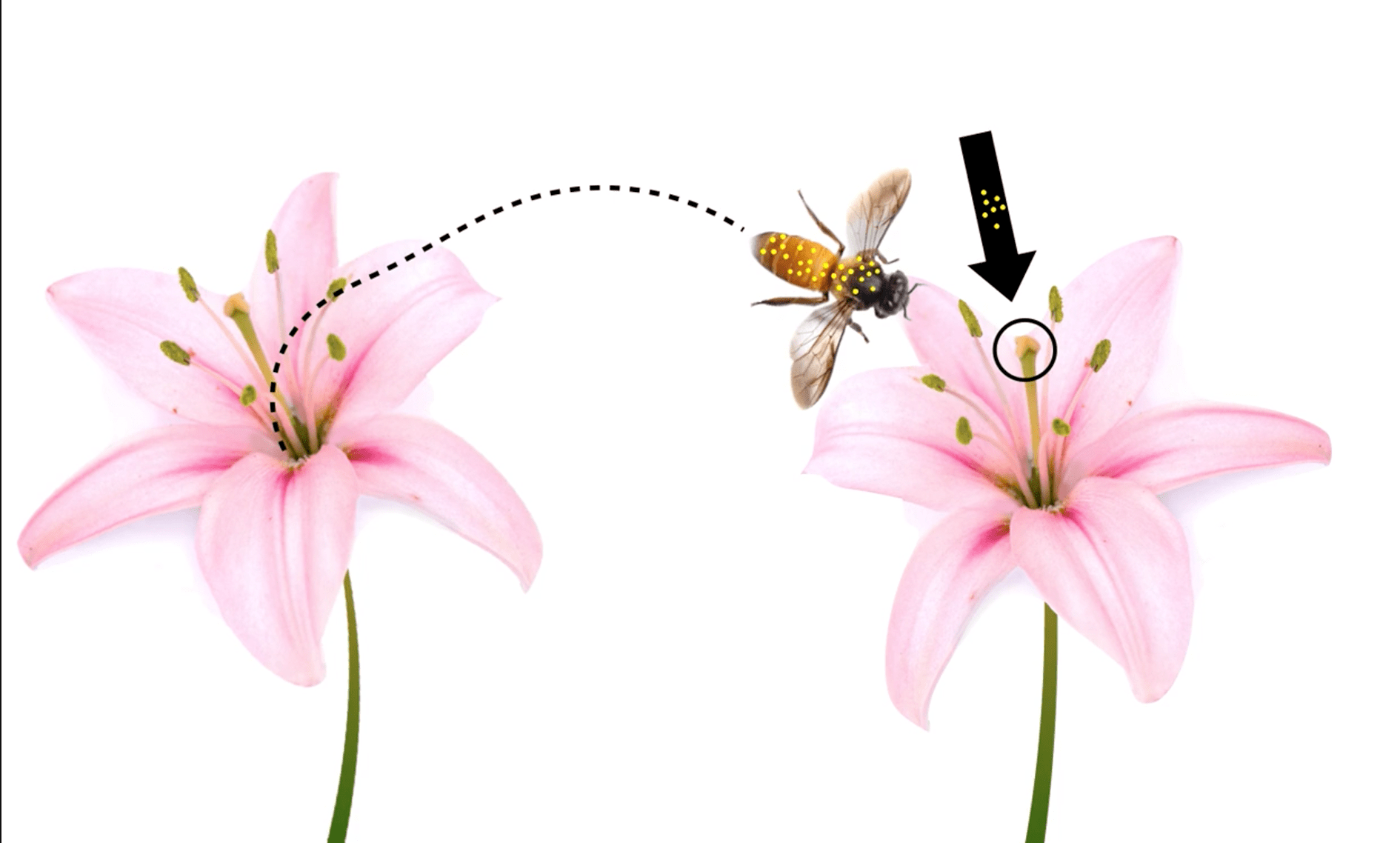
polinización
12 de 15
el proceso de transportar polen de una parte de una flor (el estambre) a otra parte de la flor (el estigma)
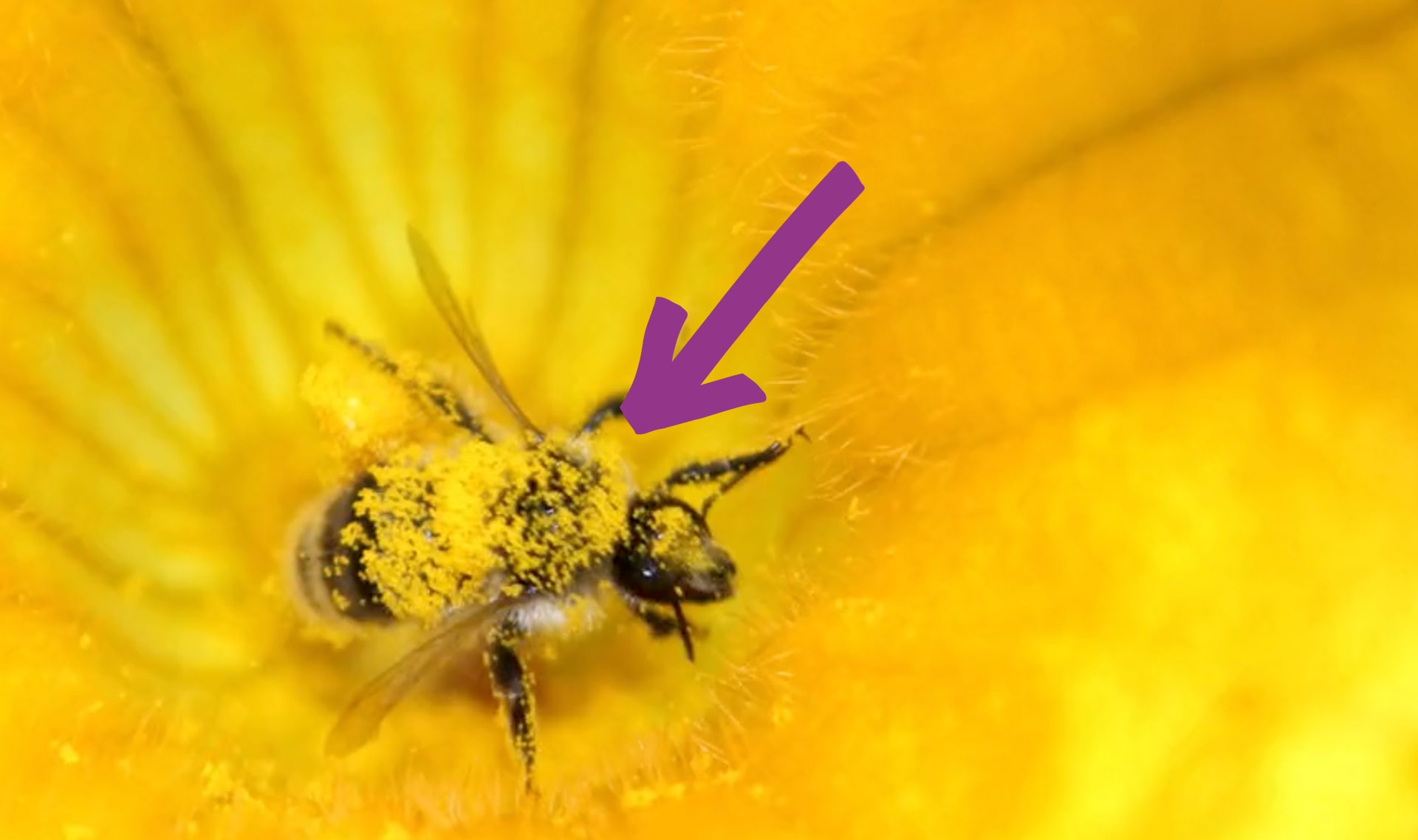
polinizador
13 de 15
un ser vivo que transporta polen de una parte de una flor (el estambre) a otra parte de la flor (el estigma)

néctar
14 de 15
un líquido azucarado que producen las plantas
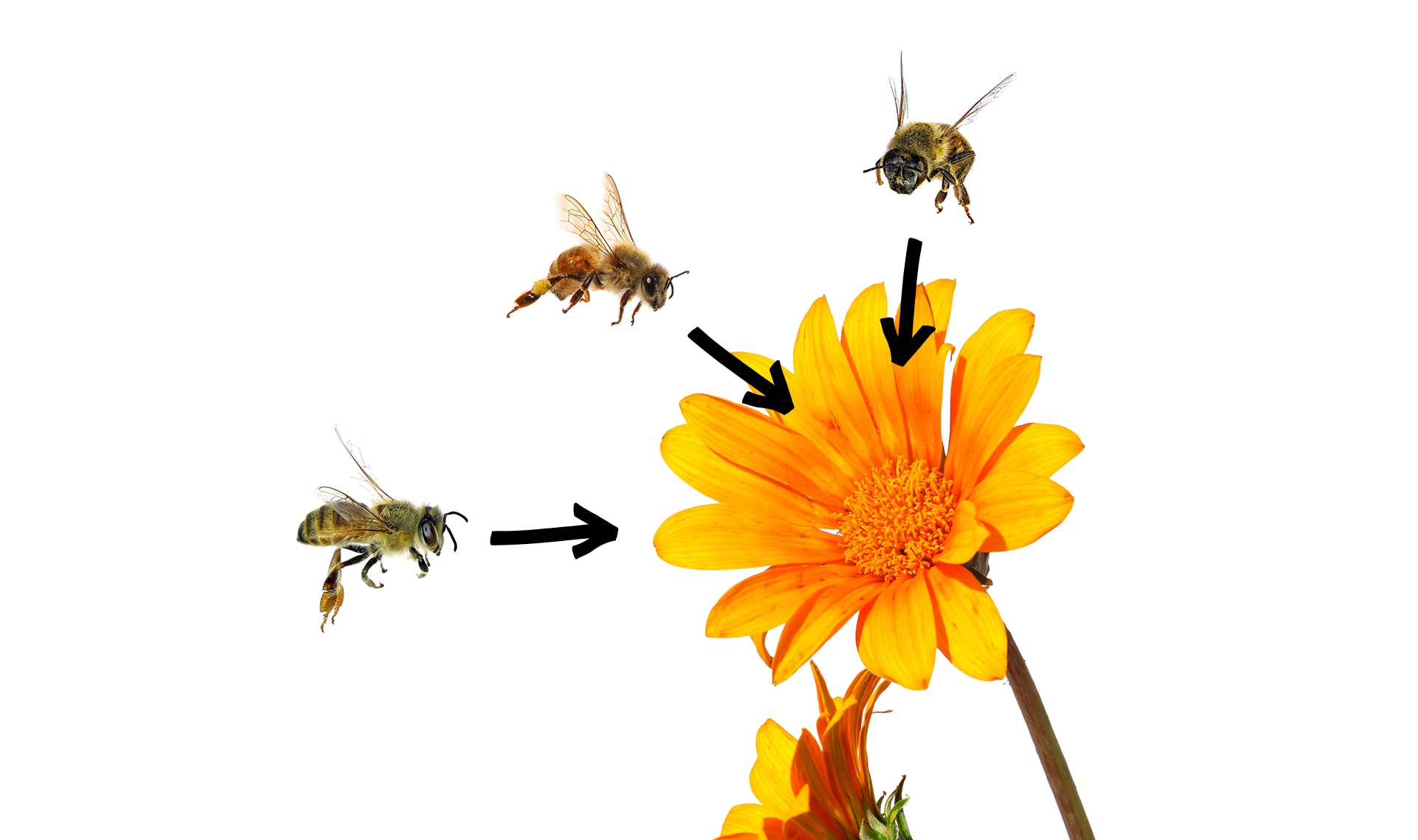
atraer
15 de 15
jalar hacia sí mismo



